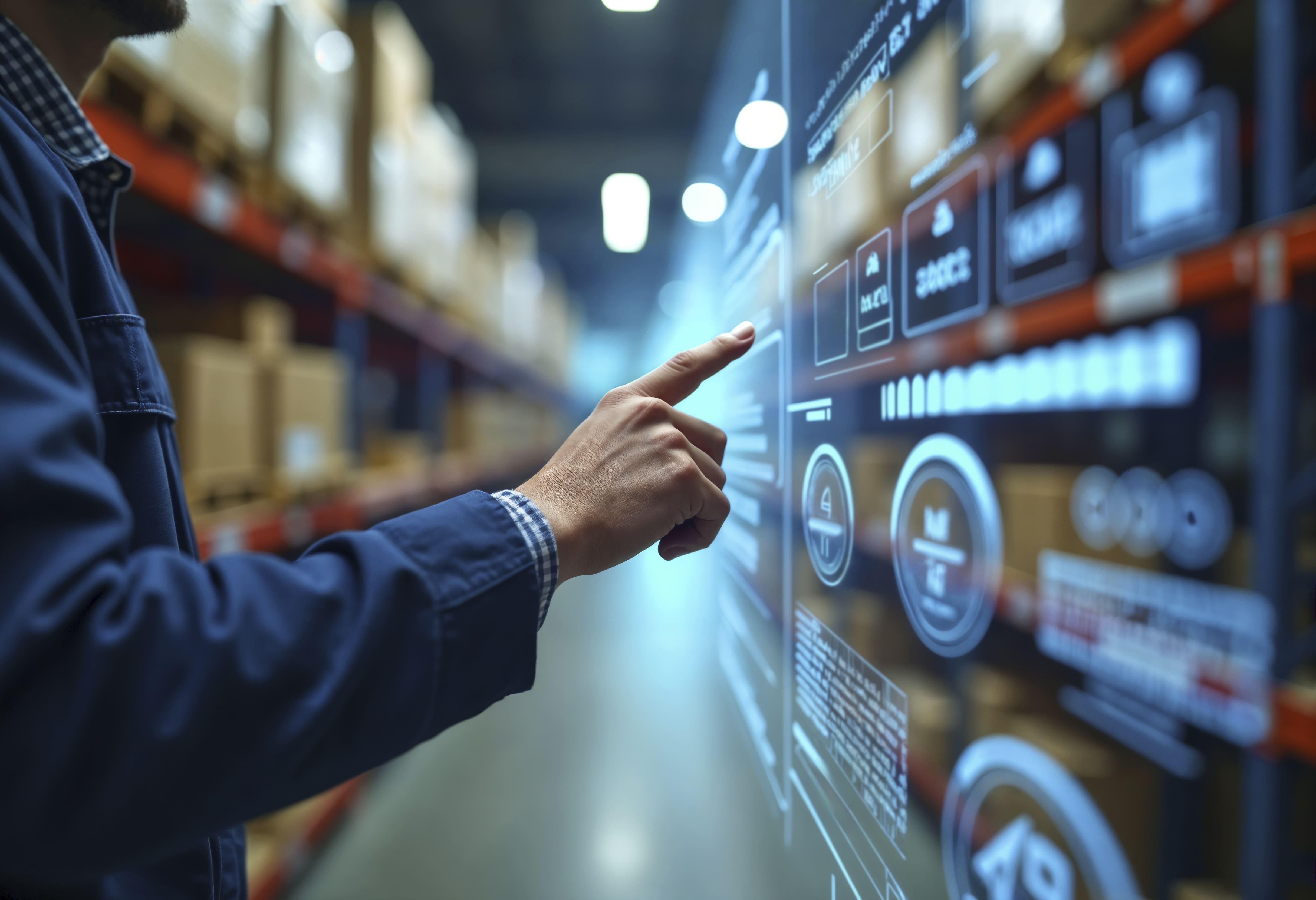How Barcodes, QR Codes, Mobile Scanning & RFID have caused a revolution in logistics.
This is a nine-part article on how technological transformation in logistics is helping trading communities, personal buyers & sellers, governments and everyone connected with trade, storage, movements and related areas. We start with barcodes followed by QR codes and then move on to mobile scanning and RFID revolutionised not just logistics but the way we trade. We will finally look at the future where we’ll cover how blockchain technology and smart contracts take running of businesses to an altogether new level. The introduction – This part of the blog takes through the history of barcodes and how we were taken to QR Codes.
Introduction – Barcodes, the precursor to QR Codes
The retail sector which includes the running of supermarkets and hypermarkets is a perilous business. To run their business effectively and profitably they must stock myriads of products available in hundreds of brands and package sizes to ensure that no product is ever stocked out when a customer needs it. To add to their woes, they need to sell their wares at painfully tiny markups. One of the biggest challenges that all retailers – tiny, small, medium and large – face is keeping a close track of every item that they stock. Yes, all of them. They need to ensure that their inventories are neither too large nor too small. This is critical. However, for most of the last century, almost every store however big or small had only one way to find out what was on hand. They had to shut the place down and count every item, i.e. every single can, bag, box, etc. The process only got complicated with the profusion on their shelves multiplying and the retail sector growing. This process was expensive and cumbersome. The job was usually done at least once a year but at times more often. Till bar codes came into being store managers had to base many of their decisions on hunches or crude estimates. Grocers knew they desperately needed something like this long before bar codes and scanners were invented. Barcodes are the precursors of QR codes. But what preceded them? Probably punch cards which were first developed for the 1890 U.S. Census. They seemed to offer some early hope. In 1932 a business student named Wallace Flint wrote a master’s thesis in which he envisioned a supermarket where customers would perforate cards to mark their selections. At the checkout counter, they would insert them into a reader. While this was happening machinery would be activated to bring their purchases to a designated place on conveyor belts. This would provide store managements with a record of items being purchased. The challenge facing store managements was that the card-reading equipment of the day was besides being bulky, also utterly unwieldy, and far too expensive to be cost-effective. To add to their woes, the country was in the middle of the Great Depression. Even if this wasn’t the vase, Flint’s idea would have been unrealistic for all but the most distant future. Yet, it foreshadowed and foresaw the future.
While the near-universal implementation of barcodes is quite recent, the first step in this direction came in 1948. It started with Bernard Silver, a graduate student, overhearing a conversation in the halls of Philadelphia’s Drexel Institute of Technology. The president of a food chain was pleading with one of the deans to undertake research on capturing product information automatically at checkout. While the dean turned down the request, Bob Silver mentioned the conversation to his friend Norman Joseph Woodland. The latter was a twenty-seven-year-old graduate student and teacher at Drexel, who was fascinated by the issue. He started working on it first using patterns of ink that would glow under ultraviolet light. The two men built a device to test the concept and it worked. However, they did encounter some problems ranging from ink instability to printing costs. Yet, Woodland was convinced that they had a workable idea. He encashed some stock-market earnings, quit Drexel, and moved to his grandfather’s Florida apartment to seek solutions. Several months later his hard work paid off. He came up with the linear bar code, using elements from two established technologies: movie soundtracks and Morse code.
~ to be continued


